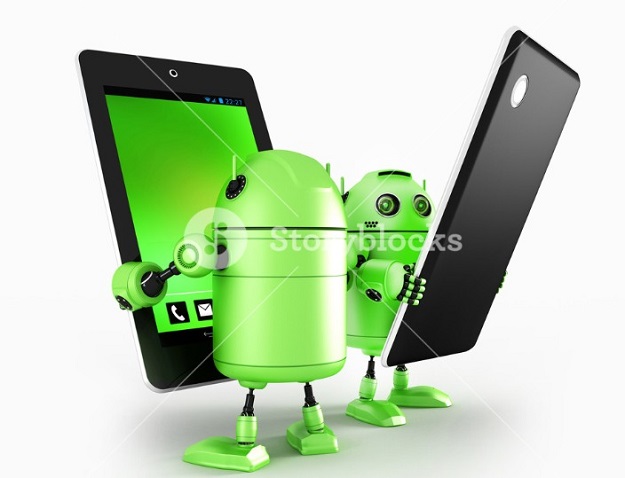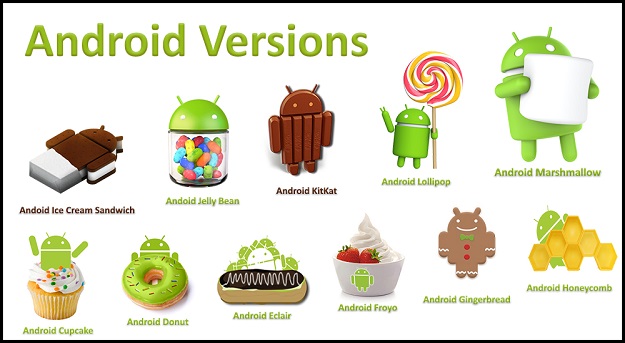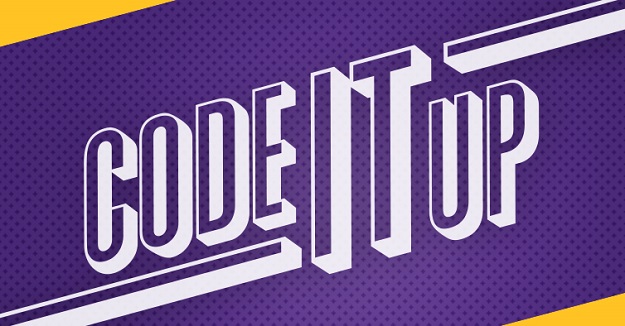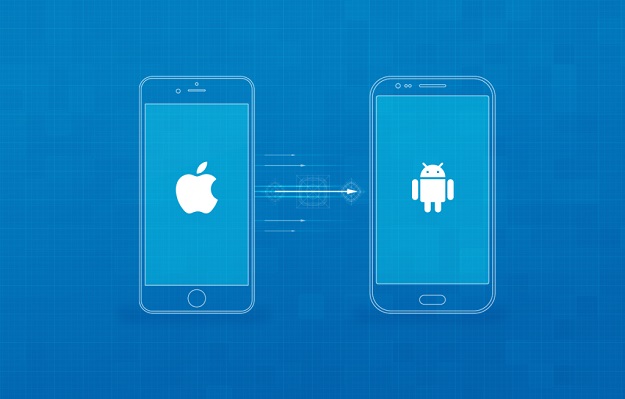The old saying goes that you shouldn’t put all your eggs in one basket. But if you are an iPhone app developer who hasn’t considered also becoming an Android app developer, that’s exactly what you’re doing. Even if iOS apps are more lucrative, Android has the largest global platform share. Adding Android to that basket can help you grow your business.
You could learn how to create an Android app from scratch, but it might be easier and more cost-effective to convert your existing iPhone app into an Android app.
While you can retain the same overall content, there’s some significant redesign involved in porting that content over to Android. Keep in mind that Google wants a distinct look and feel for its Android apps and won’t be fond of anything that looks like it could be on an iPhone. Don’t use iOS design tools – Photoshop, Visio or Balsamiq drawing tools are good choices for creating the wireframes.
Must Read-
How to Reduce Android Application Size
Ways to Decide between iOS and Android while Going Mobile
Android Design Differences
Check out the design guidelines recommended for Android app developers. Beginning with Android 5.0, most new apps follow this design standard. Overall, avoid the roundness and smooth edges of the iOS look. Other basic features integral to the Android app look include:
1. Tabs at the bottom of the screen
2. Square buttons
3. Left pointing arrows in lists
4. Close button, left-aligned title bar and search navigation tools are embedded in the title bar.
Fit to More Screens

Unlike in the iOS world in which there are a fixed number of screen sizes, Android devices come in a variety of larger and smaller sizes with a variety of vertical and horizontal layouts. Fortunately, Google’s Layout Editor can help you test multiple screen sizes.
Multiplicity of Android Versions

The Android OS comes in a variety of flavors, each with a confectionary theme; depending on your target market, you can expect more than a few to be in use. Marshmallow (6.x), Nougat (7.x) and Oreo (8.x) are the latest supported versions, but older versions are still widely in use and some device makers do not make it easy to upgrade from the installed OS. Moreover, a new Android P (9.0) is in beta with a new simpler system navigation interface.
It isn’t scheduled for release until later in 2018, however, and even so, earlier versions are likely to remain widely in use, so there’s no fear that designing an Android app today for current versions is going to be obsolete or dated anytime soon.
Code It

Android apps are usually built on Java. If you used the vanilla version of Objective-C in your iOS app, you can reuse the code on Android. Otherwise, you’ll have to translate the business logic from Objective-C to Java. Keep in mind that Java is generally slower than compiled Objective-C, so you’ll need to do some tweaking. Android is designed to operate on low-end devices and slower networks (which is why it has larger global market share), so you can’t do some of the flashier graphics or use as much text as you can on iOS.
Advantages
Of course, as with any app development, you need to spend time testing the app’s data handling and graphics display. But the main advantage of porting from iOS to Android is considerably less time – at least 50 percent less – spent iterating the design because you’ve already developed usability and the user interface in the original app. So why not take advantage of the opportunity to make your app more widely available to those in the non-iOS world?

